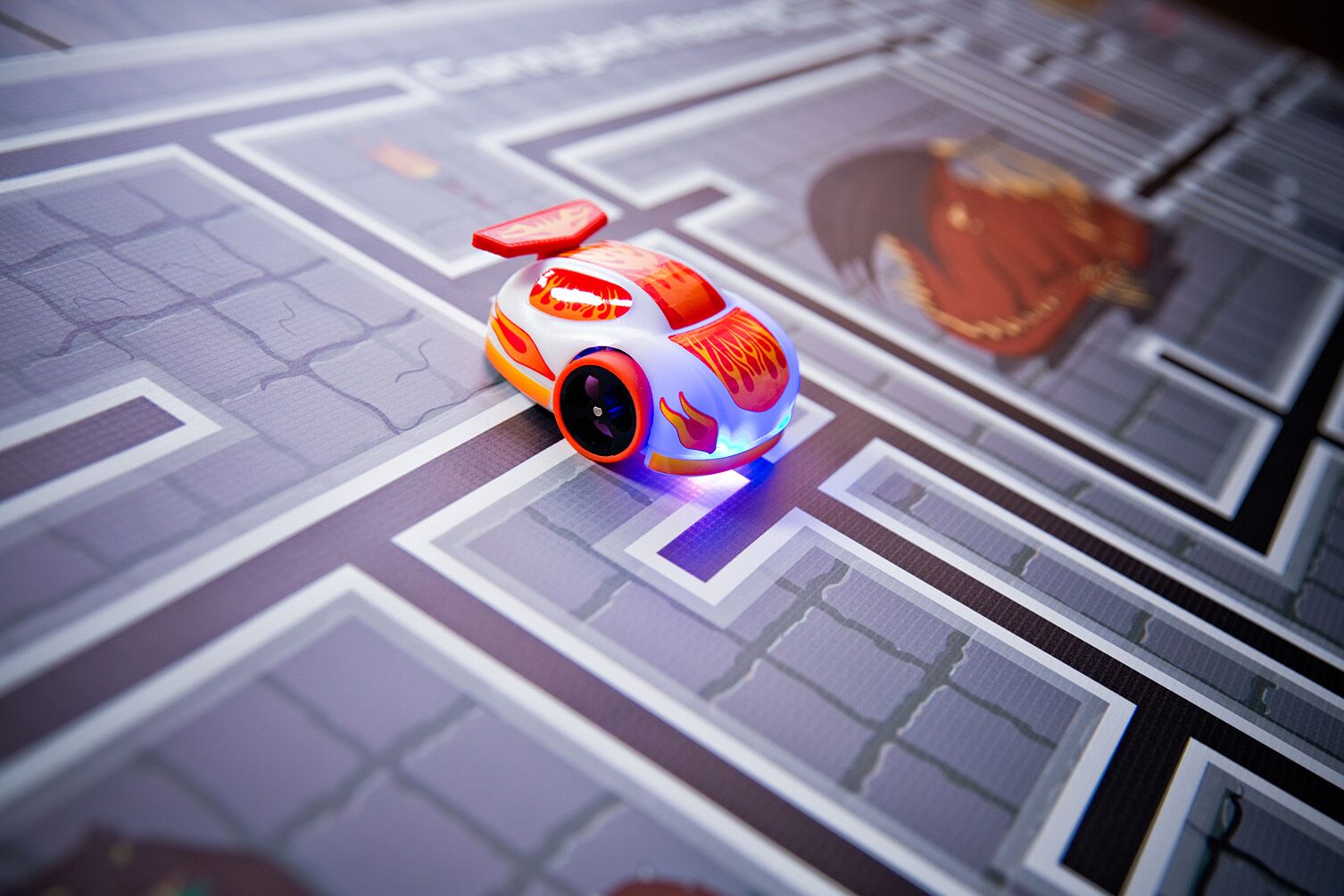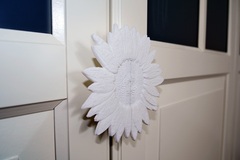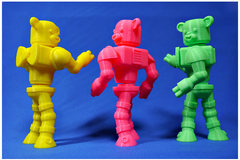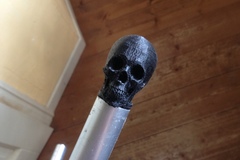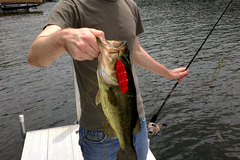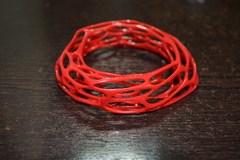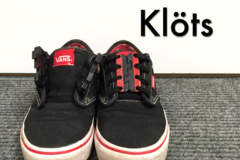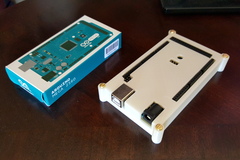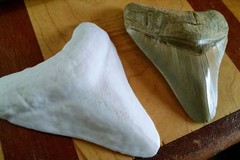
Vladimir’s Digital Fabric

Digital Fabric
YouMagine Community Member Vladimir Kuznetsov uploaded a wonderful design. His design “Digital Fabric” uses a really wonderful technique. He uses the Cura Pause at Height plug in to pause the print and then inserts a mesh like fabric which he fixes to the print. Then he continues the print. This lets you use regular PLA and then make flexible parts! His great idea coupled with his triangle design really makes a lot more possible. Vladimir has tried out a mosquito screen as well as nylon. Were curious to see what other materials would give great results. Many people are experimenting with fabrics and 3D printing. Usually people end up getting a result similar to chain mail that is rather limited. A lot of other 3D printed fashion is stiff and unwearable. We think that by mixing cloth and printed material Vladimir made a wonderful alternative.

Here you can see the Digital Fabric being 3D printed.
Vladimir’s instructions, is to pause “when half of the part will be completed (1 mm for a part of total height of 2 mm) and to lower the buildplate for 50 mm or so. When printer will pause the printing stretch a piece of mesh-like fabric (I played with my wife’s stockings, but best results achieved with mosquito screen) and fix it with scotch tape. Unpause the printer.”
Importantly he adds, “You could make a lot with that technique, just make sure that the fabric thickness is less than the layer height.” We asked him some questions via the email and here’s how he explains his project:
“First thing I made was a small purse. I made a sexy simple polygonal design, printed two same pieces and asked one of the girls in our lab (fablab77.ru) to sew them together. She did it, but she also said that the purse is just like some Issey Miyake bag design.. so, thanks to google, I learned about trendy Japanese designer))
I borrowed a pair of my wife stockings and have learned that as long as the hot end does not touch the fabric, they can be used. So, I would say, any screen-like, mesh-like, net-like material is suitable, as long as it thickens is less than the thickens of one printing layer (I even thought of metals, but did not have a chance to try). Having that in mind, I found large nozzles very useful for this kind of duties. With broader (0.6 or 0.8 mm) lines large flat patterns are filling much faster, plus, thick layers (0.25…0.3 mm) are not only speeding up the printing, but make you caring less about thickness of the fabric.
I also tried printing with flexible materials and it allows to create interesting results, but printing flexibles with bowden extruder and retraction enabled is.. you know.
Difficulties.. You have to be near the printer when half of the print is complete. Cura lets you pause the process at an exact height, but you can not leave the print overnight, to receive good results you have to unpause the printer in ten to thirty minutes, otherwise, in my experience telling the print is gonna be ruined.
It is also quite challenging to put the fabric and evenly stretch it and then fix to the build plate. Scotch tape is your number one friend. For the mosquito screen I glued pieces of velcro (the rigid half) to the perimeter of bottom side of the building plate.”











